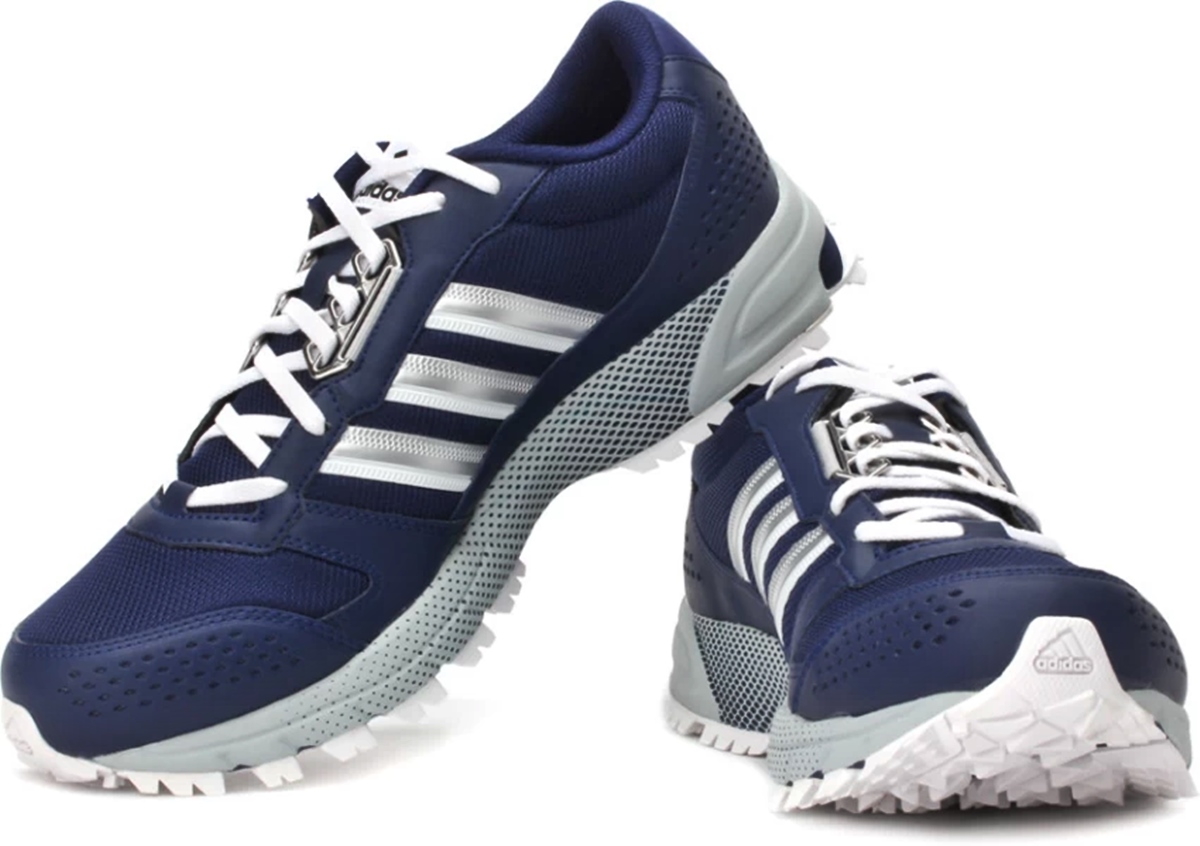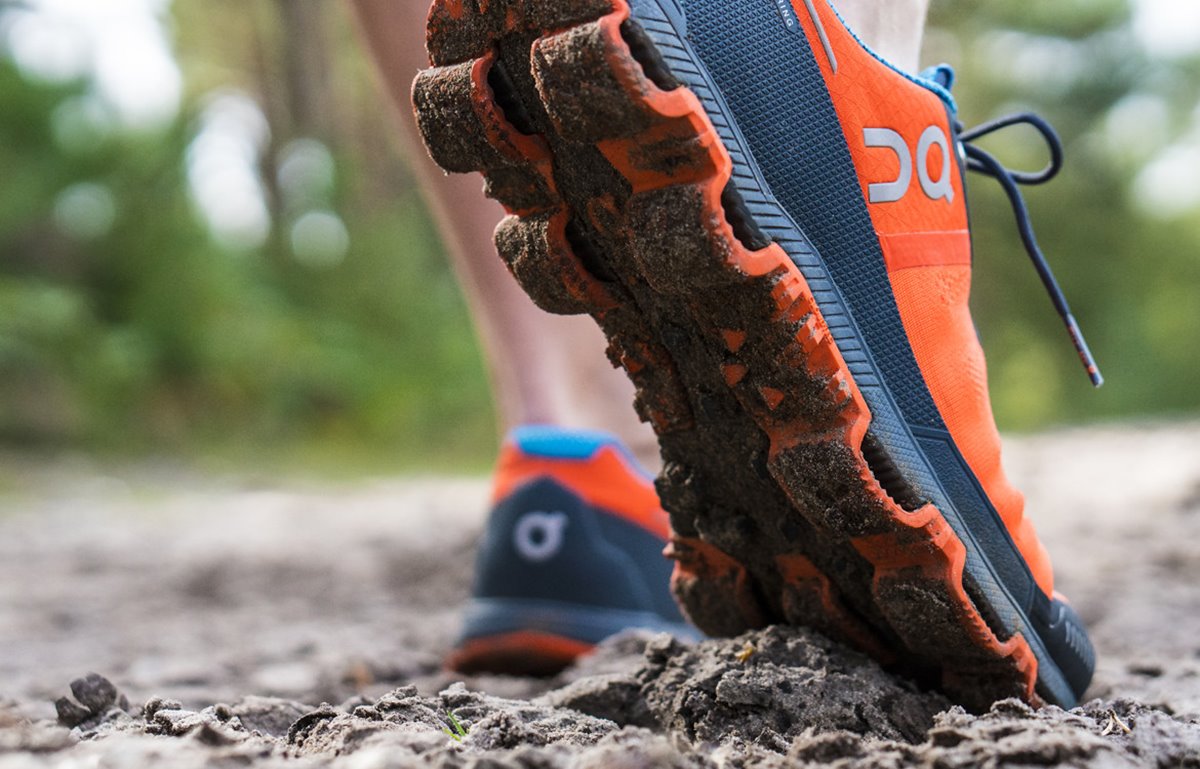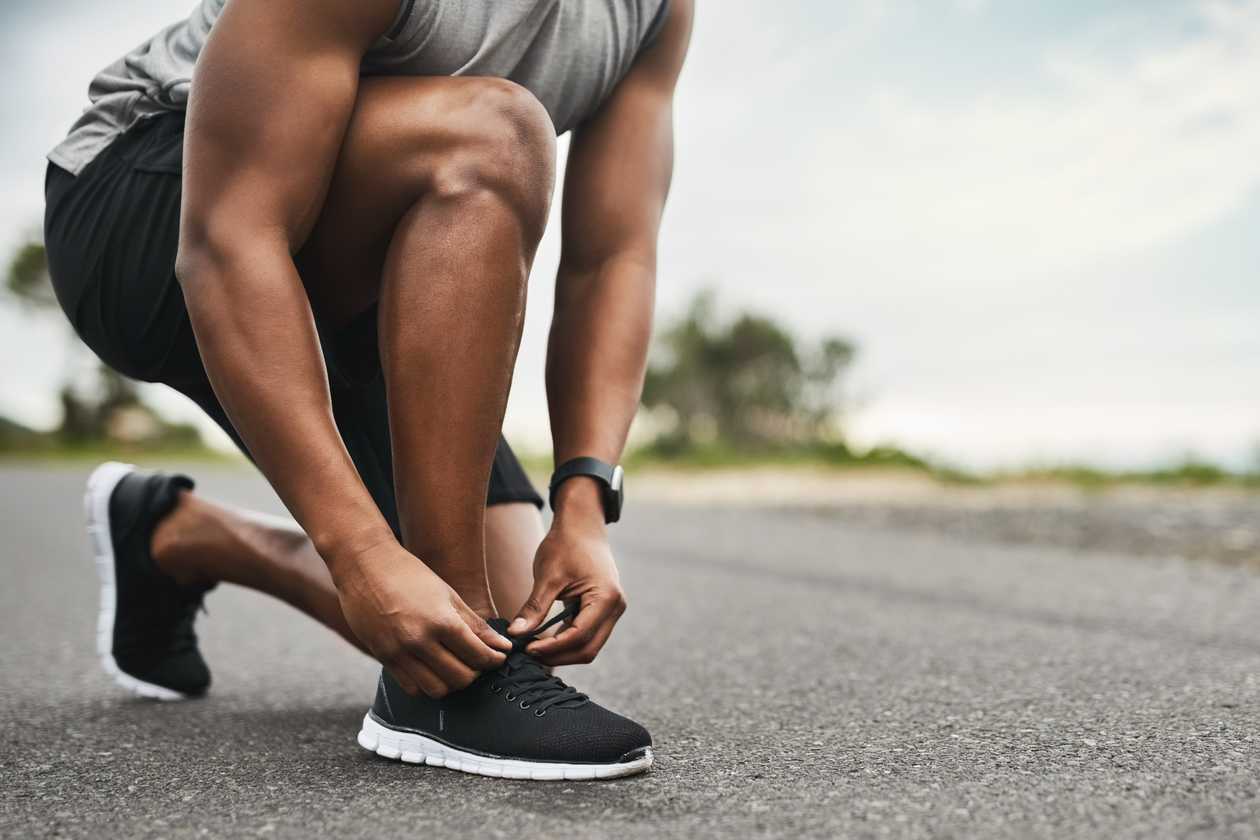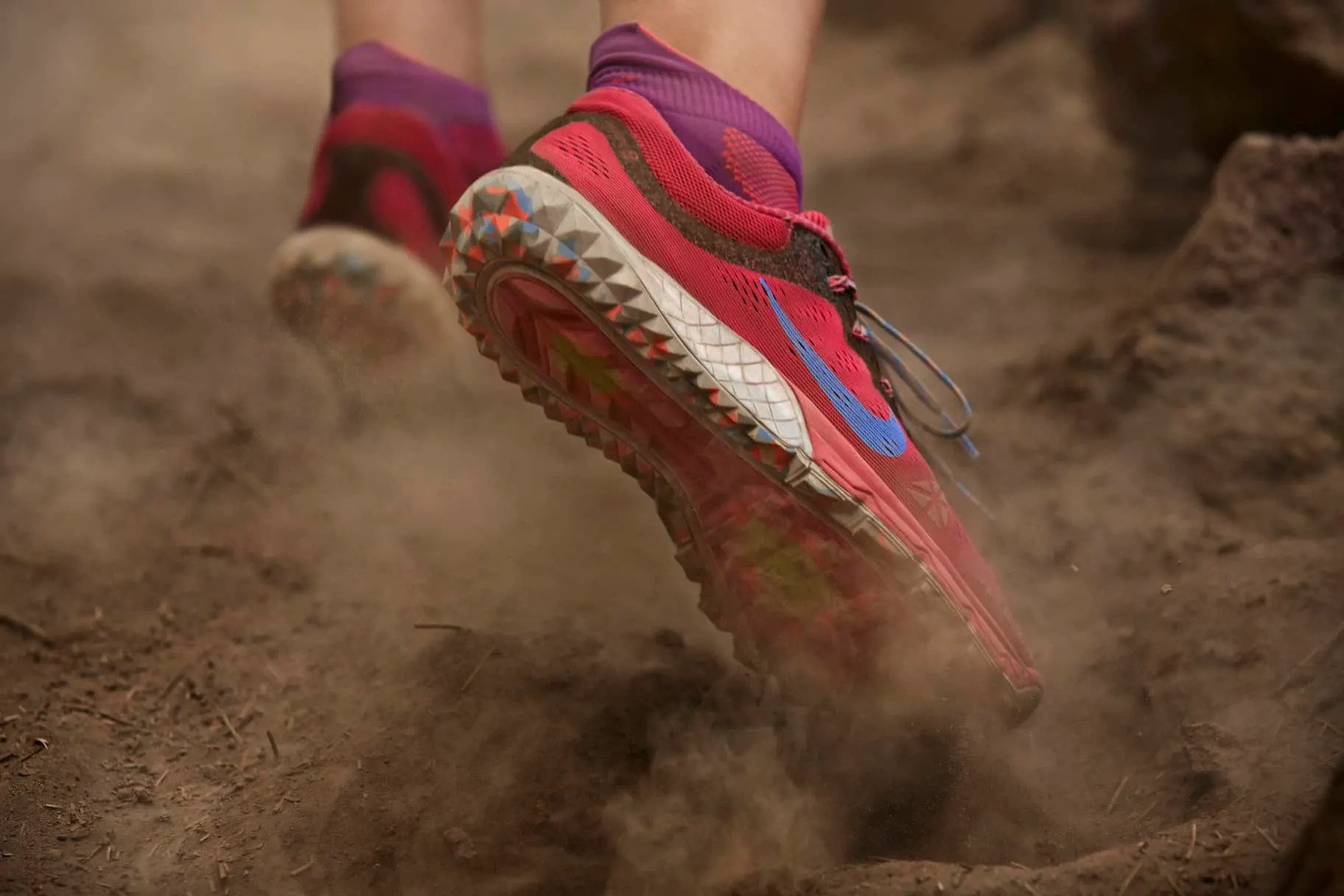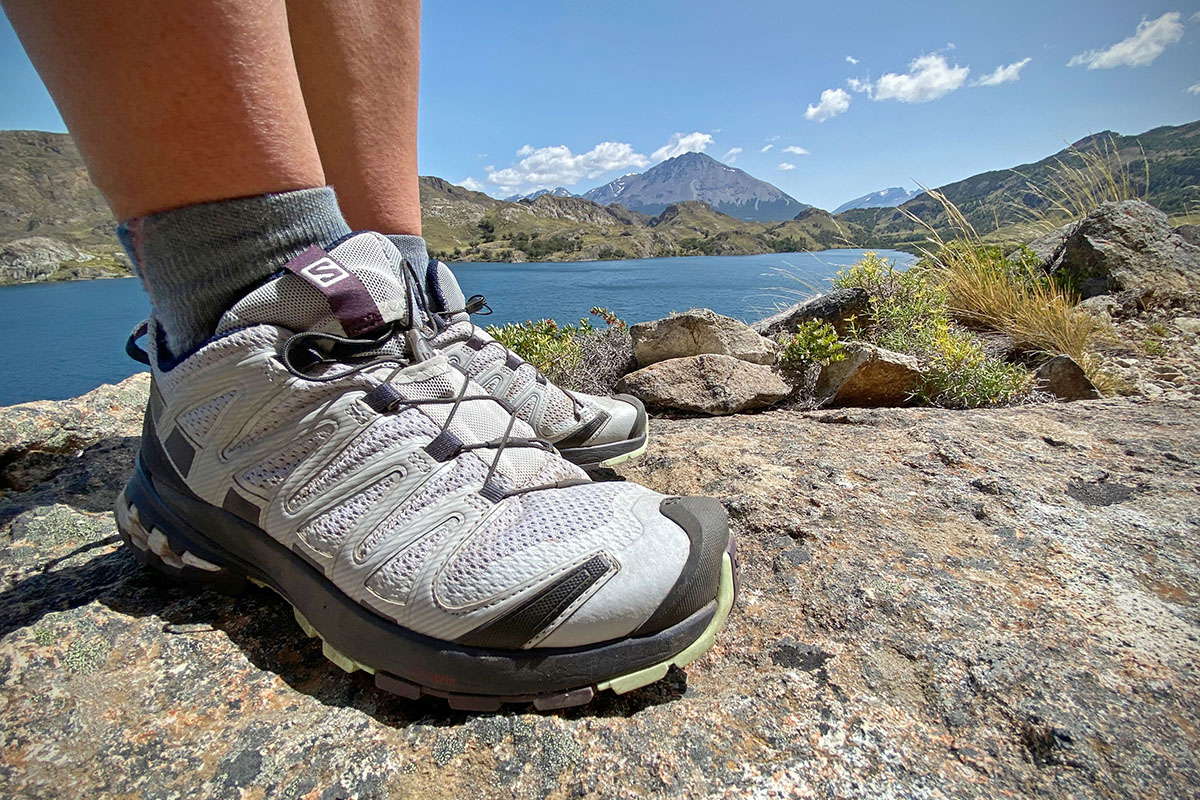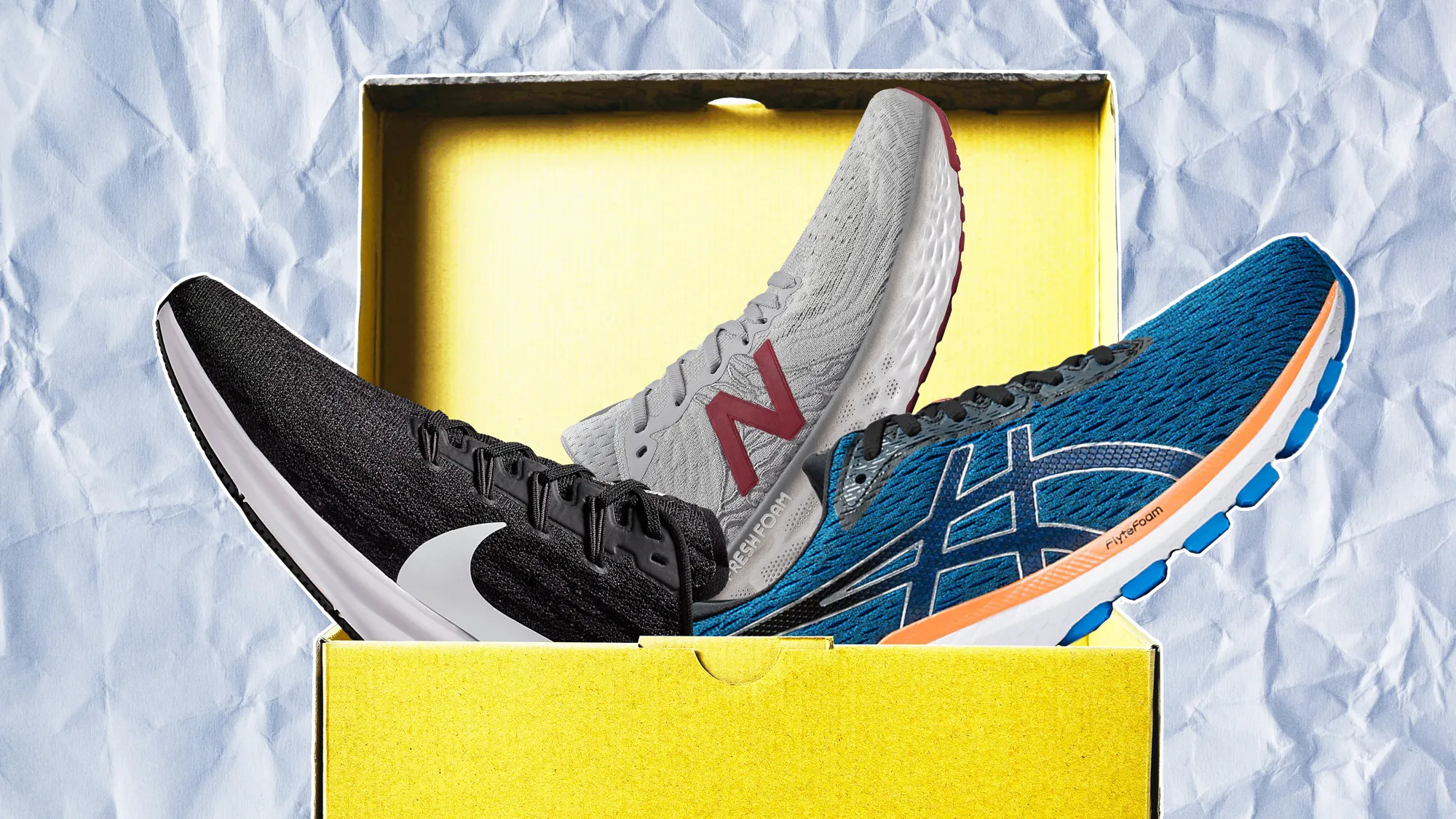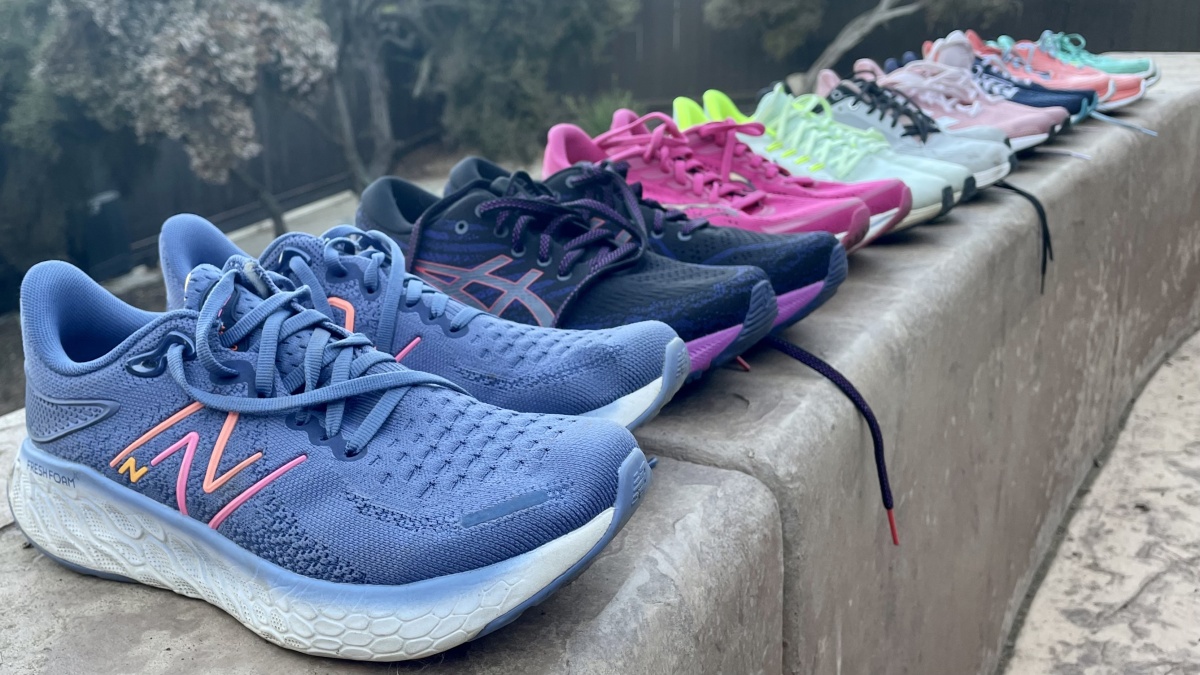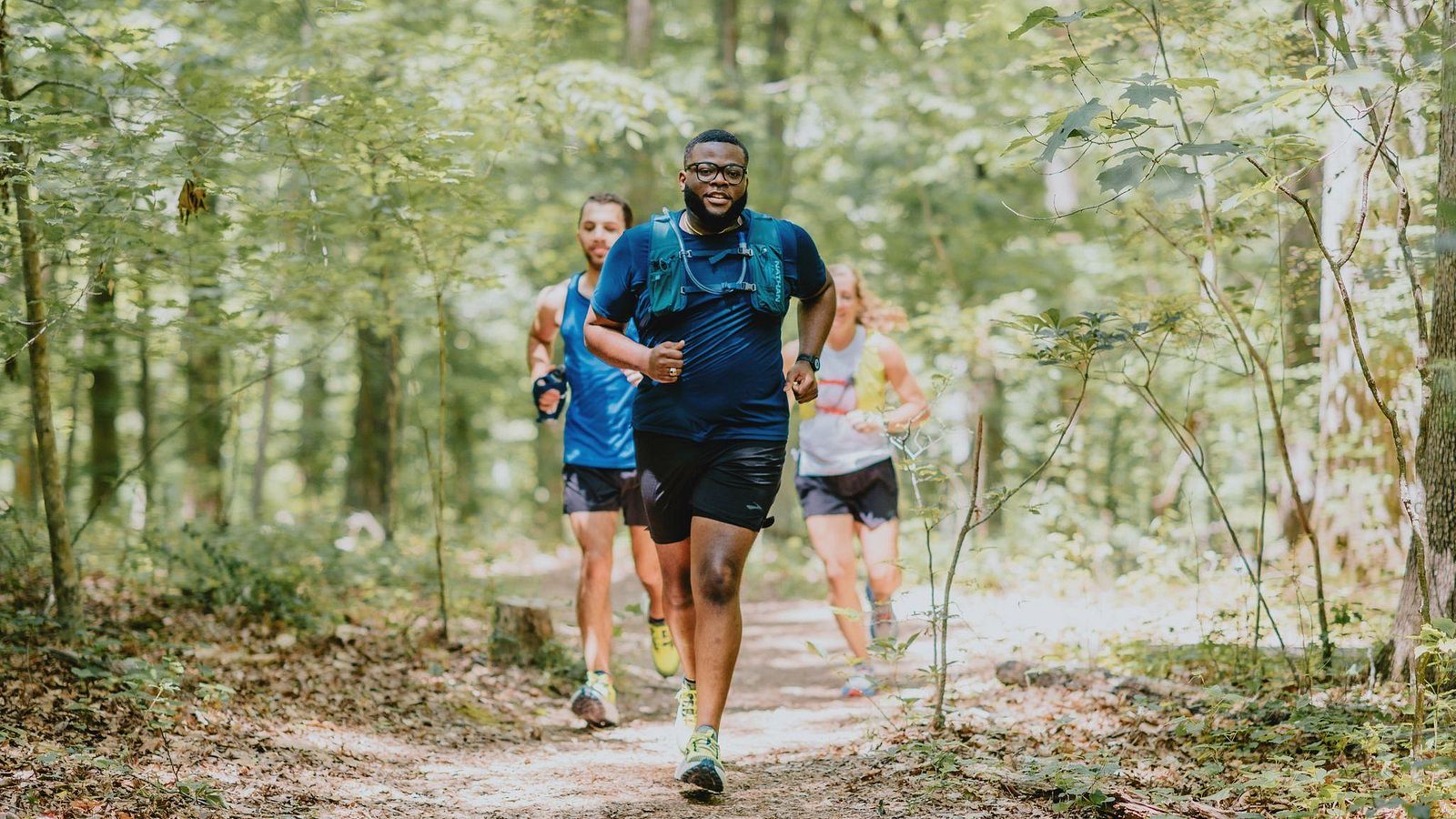

Featured
When To Use Trail Running Shoes
Modified: August 19, 2023
Featured: Discover when and why you should opt for trail running shoes to elevate your outdoor running experience.
Introduction
Trail running is an exhilarating outdoor activity that offers a unique and thrilling experience for fitness enthusiasts and nature lovers alike. Unlike road running, trail running takes you into the heart of nature, where you can explore challenging terrains, immerse yourself in beautiful landscapes, and reconnect with the great outdoors.
One of the key components of a successful trail running experience is wearing the right footwear. Trail running shoes are specifically designed to tackle the rugged and unpredictable terrain found on trails, providing the necessary support, traction, and protection for an optimal running experience.
In this article, we will explore the benefits of trail running shoes, discuss the different types available, provide tips on choosing the right pair, and explore the various scenarios in which trail running shoes are a must-have. Whether you are a seasoned trail runner or a novice looking to venture off the beaten path, this article will serve as a comprehensive guide to help you make informed decisions about your trail running footwear.
So, if you’re ready to take your running to the next level and embark on a thrilling adventure in the great outdoors, strap on your trail running shoes and let’s dive into the world of trail running!
Benefits of Trail Running Shoes
Trail running shoes offer a plethora of benefits that make them a vital tool for any trail runner. Here are some of the key advantages of wearing trail running shoes:
- Superior Traction: Trail running shoes are designed with specialized lug patterns on the outsole to provide excellent traction on a variety of surfaces, including rocky terrains, muddy trails, and slippery surfaces. This enhanced grip helps prevent slips and falls, allowing you to confidently navigate through challenging terrains.
- Protection: The rugged nature of trail running demands shoes that offer adequate protection. Trail running shoes come with reinforced toe caps and durable materials that shield your feet from rocks, roots, and other obstacles on the trail. This protection minimizes the risk of injuries and ensures a safe and enjoyable running experience.
- Stability and Support: Trail running shoes are built with features that provide stability and support on uneven surfaces. They typically have a wider base, providing a more stable platform for your feet. Additionally, many models incorporate technologies like heel counters and midfoot shanks to enhance stability and prevent overpronation.
- Cushioning: The repetitive impact of trail running can take a toll on your joints. However, trail running shoes are equipped with generous cushioning in the midsole to absorb shock and reduce the risk of injuries. This cushioning helps protect your ankles, knees, and hips, allowing for a more comfortable and pain-free running experience.
- Waterproof or Water-Resistant: Many trail running shoes are designed with waterproof or water-resistant materials to keep your feet dry in wet conditions. This feature is particularly beneficial when running in muddy or rainy terrains, as it helps prevent water from seeping into your shoes and keeps your feet comfortable and blister-free.
By providing superior traction, protection, stability, support, cushioning, and weather resistance, trail running shoes offer a significant advantage over regular running shoes when it comes to conquering the challenges of the trail. They are specifically engineered to help you navigate various terrains and provide the utmost comfort and safety throughout your trail running journey.
Types of Trail Running Shoes
When it comes to trail running shoes, there are various types available, each catering to different needs and preferences. Let’s explore some of the common types:
- Lightweight Trail Running Shoes: These shoes are designed for speed and agility on less technical trails. They are typically low-profile, offering minimal cushioning and a lighter weight. Lightweight trail running shoes are perfect for runners who prioritize speed and responsiveness without compromising traction and protection.
- Stability Trail Running Shoes: As the name suggests, these shoes are engineered to provide stability and support to runners who overpronate. They feature additional support in the midsole and often include technologies like medial posts to help correct overpronation and maintain proper alignment. Stability trail running shoes are ideal for those with flat feet or who experience excessive inward rolling of the foot.
- Minimalist Trail Running Shoes: Minimalist trail running shoes are designed to offer a more natural and lightweight running experience. They have a lower heel-to-toe drop and less cushioning, promoting a more minimalist foot strike and allowing for enhanced ground feel. These shoes are popular among experienced trail runners who prefer a barefoot-like sensation while still enjoying some protection and traction.
- Maximalist Trail Running Shoes: Maximalist trail running shoes are the opposite of minimalist shoes, offering maximum cushioning and shock absorption. These shoes are designed to provide ample protection and support, making them an excellent choice for runners who prioritize comfort and require enhanced cushioning for longer distances and more challenging terrains.
- Waterproof Trail Running Shoes: For those who frequently encounter wet or muddy trails, waterproof trail running shoes are a great option. These shoes feature a waterproof or water-resistant membrane that keeps your feet dry even in wet conditions. They are designed to prevent water from seeping into the shoes, making them perfect for trail running in rainy or soggy environments.
It’s important to choose the type of trail running shoe that aligns with your running style, foot type, and the terrain you’ll be encountering. Consider factors like cushioning, stability, protection, and the level of technicality of the trails you’ll be running on when deciding which type of trail running shoe best suits your needs.
Choosing the Right Trail Running Shoes
Choosing the right trail running shoes is crucial to ensure a comfortable and enjoyable running experience. Here are some key factors to consider when selecting your trail running shoes:
- Terrain: Assess the type of terrain you’ll be running on. Opt for shoes with aggressive lug patterns and durable outsoles for rocky and technical terrains. For smoother trails, a less aggressive lug pattern will suffice.
- Fit: Proper fit is essential to prevent discomfort and injuries. Ensure your shoes have enough wiggle room in the toe box, a secure and snug fit around the midfoot, and ample ankle support.
- Foot Type: Determine your foot type to find shoes that provide the necessary support. Flat feet may require stability shoes, while runners with high arches might benefit from shoes with more cushioning and flexibility.
- Cushioning: Consider the level of cushioning you prefer. If you’re running long distances or on rugged terrains, shoes with generous cushioning will provide added protection. For a more minimalistic feel, opt for shoes with less cushioning.
- Weight: The weight of the shoe can impact your speed and agility. Lighter shoes are ideal for fast and technical trails, while heavier shoes offer more stability and durability.
- Weather Conditions: If you frequently run in wet or rainy conditions, consider waterproof or water-resistant shoes to keep your feet dry. However, keep in mind that these shoes may not be as breathable as non-waterproof options.
It’s important to try on multiple pairs of trail running shoes and test them on different terrains before making a decision. Consider seeking advice from a knowledgeable professional or getting a gait analysis to identify the right shoe for your running style and foot mechanics.
Remember, choosing the right trail running shoes is a personal decision that depends on your running preferences, foot characteristics, and the specific trails you’ll be tackling. By taking these factors into account, you can find the perfect pair of trail running shoes that will enhance your performance, protect your feet, and make your trail running adventures more enjoyable.
When to Use Trail Running Shoes
Trail running shoes are specifically designed for running on rugged and uneven terrains, offering superior performance and protection compared to regular running shoes. Here are some scenarios when trail running shoes are a must-have:
- Trail Runs: Of course, the most obvious time to use trail running shoes is during trail runs. Whether you’re tackling forested trails, rocky paths, or muddy routes, trail running shoes provide the necessary grip, support, and protection to navigate the unpredictable terrain with confidence.
- Hiking: Trail running shoes are versatile enough to be used for hiking as well. Their durable construction, excellent traction, and stability make them great for tackling challenging hiking trails that require agility and surefootedness.
- Obstacle Course Races (OCR): OCRs often involve various challenges and obstacles, including muddy pits, rope climbs, and steep inclines. Trail running shoes, with their grippy outsoles, reinforced toe caps, and water resistance, are ideal for navigating such obstacles and providing the necessary traction and protection.
- Adventures and Backpacking: If you plan on embarking on multi-day backpacking trips or outdoor adventures that involve traversing diverse terrains, trail running shoes are a smart choice. Their lightweight design and durability make them suitable for long-distance journeys, while their traction and stability ensure you maintain control over uneven surfaces.
- Everyday Use: Trail running shoes are not limited to only trail running activities. Many people find them comfortable for everyday use, especially if their work or lifestyle involves being on their feet for extended periods or navigating challenging environments.
- Cross Training: If you’re engaging in cross-training activities that require agility, stability, and protection, such as agility drills, interval training, or functional fitness workouts, trail running shoes offer the necessary features to support your movements.
Regardless of the specific scenario, trail running shoes are designed to provide the right combination of grip, stability, protection, and comfort to optimize your performance and ensure your safety on diverse terrains.
So, whether you’re hitting the trails, embarking on a hiking adventure, participating in an OCR, or simply looking for reliable footwear for everyday activities, trail running shoes are a versatile and essential choice that will help you conquer any outdoor challenge you encounter.
Conclusion
Trail running shoes are a game-changer for any runner venturing off the beaten path. With their superior traction, protection, stability, and support, these shoes enhance your trail running experience and allow you to conquer diverse terrains with confidence.
In this article, we explored the benefits of trail running shoes, discussing how they offer superior traction, protection, stability, cushioning, and weather resistance compared to regular running shoes. We also discussed the different types of trail running shoes available, including lightweight, stability, minimalist, maximalist, and waterproof options, each catering to specific needs and preferences.
We then delved into the essential factors to consider when choosing the right trail running shoes, such as terrain, fit, foot type, cushioning, and weight. By keeping these considerations in mind, you can find the perfect pair to match your running style and the trails you’ll be conquering.
Finally, we explored various scenarios when trail running shoes are a must-have, including trail runs, hiking, obstacle course races, adventures and backpacking, everyday use, and cross-training. Regardless of the specific activity, trail running shoes provide the necessary grip, stability, and protection to excel on diverse terrains and overcome any outdoor challenge.
So, whether you’re an avid trail runner, hiker, OCR enthusiast, or someone seeking dependable footwear for everyday activities, investing in a pair of trail running shoes is a wise decision. These shoes will elevate your performance, protect your feet, and allow you to fully enjoy the incredible experience of exploring the great outdoors.
Strap on your trail running shoes, embrace the beauty of nature, and let the adventures begin!

